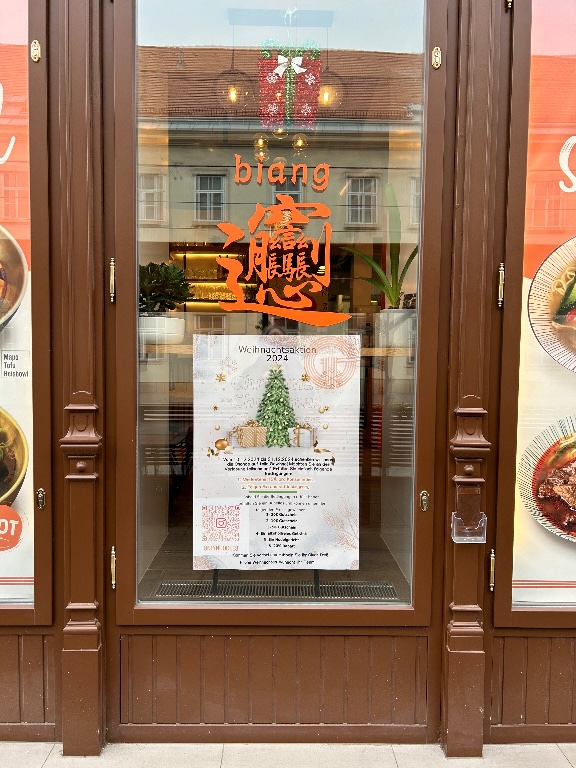A hot bowl of congee / zuk1 粥 (Cantonese) / zhōu (Mandarin) / rice porridge / rice gruel, in its multifarious varieties, is one of my favorite Chinese dishes — at its best, congee is absolutely divine. We've written about it often enough that I think most Language Log readers have a good idea of what it's like. Here I only want to add some new information about it from a historical, literary, and linguistic vantage.
The paragraphs quoted here are from Nandini Das, "Dark Propensities", a review of Amitav Ghosh, Smoke and Ashes: Opium's Hidden Histories (John Murray, 2023) in London Review of Books (3/20/25).
A CHINESE FRIEND and I have taken to batting words at each other like ping-pong balls. I'm trying to improve my Mandarin and she is curious about Bengali, but some things stop us in our tracks. Rice porridge is one of them. Cooked rice can be revived by boiling in water, or simply by pouring water over it, although fancier versions use broth or green tea, as in Japanese ochazuke. It can be reassuringly warm in cold winters, or refreshingly cold in hot summers, and can be paired with side dishes from a single green chilli to pickled vegetables, or salted fish and eggs. My friend tells me that in Mandarin it is called 粥 (zhöu). I say that the Bengali word for the cold, overnight version is panta-bhaat, and the cooked version is phena-bhaat (bhaat means cooked rice). Then I remember that phena-bhaat is a regional term, associated with the Bengali of Kolkata, where I grew up. For my mother, whose culinary vocabulary was that of her childhood in East Bengal, now Bangladesh, cooked rice porridge was jaou, a softer pronunciation of the Mandarin zhöu. During my childhood, I realise, East Bengal's long-standing trade connections with the Chinese mainland were behind the steaming bowls of jaou-bhaat my mother cooked.
Read the rest of this entry »


